You’ve got big dreams and even bigger ambitions, but that nagging tendonitis seems determined to throw a wrench in your plans. Don’t let persistent tendon pain derail you from living life to the fullest! Before you resign yourself to the couch or go down the risky surgery route, discover how therapeutic bodywork can be your not-so-secret weapon against this debilitating condition.
The human body has around 4000 tendons throughout the body. Tendons are thick cords of connective tissue that attach your bones to your muscles. When you contract a muscle, the tendon moves the bone. Tendons, by design, do not stretch much to protect the muscle.
Tendonitis occurs when you have tiny tears in the tendons. This may happen with overuse of the muscle or through an injury. Torn tendons will become inflamed and irritated resulting in pain that can last for weeks, or even months. With bodywork treatment, you can speed up recovery time and feel better sooner.
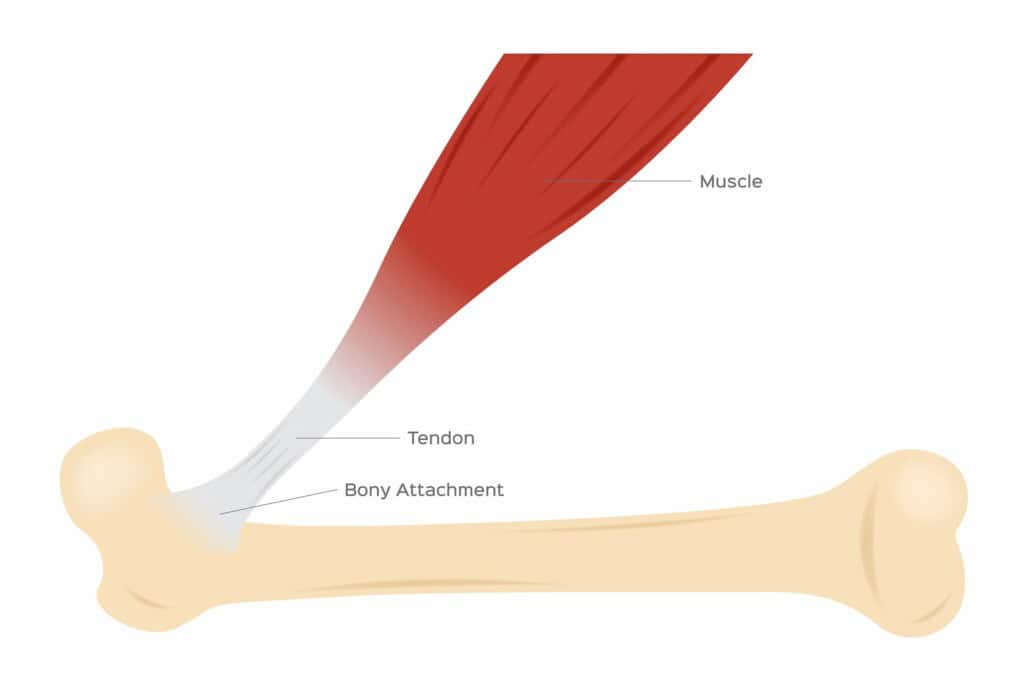
Tendonitis is caused by overuse or stress on the tendons. Since many sports require repetition of the same muscles, tendonitis is common in athletes. You may be familiar with some of the names given to tendonitis caused by sports-related injuries such as “Tennis or Golfers Elbow”, “Quarterback Shoulder”, or even “Jumpers Knee”.
You do not have to be an athlete to suffer from tendonitis. You can get it from gardening, painting, shoveling, cleaning the house, raking, and many more common routines.
We know that sports and work that have repetitive motions are causes of tendonitis but there are many other factors that may make a person more susceptible. Some other risk factors include:

While tendonitis can occur in any tendon of the body, it most frequently develops in certain high-stress areas. Some of the most common types include:
Tennis Elbow – This affects the tendon that attaches the extensor muscle of the forearm to the outer elbow.
Golfer’s Elbow – This affects the tendon on the inner elbow that connects the flexor muscle of the forearm.
Rotator Cuff Tendonitis – Repetitive overhead motions irritate and inflame the group of tendons that stabilize the shoulder joint.
Achilles Tendonitis – The largest tendon in the body, overuse from activities like running or jumping can cause microtears and swelling in the Achilles tendon connecting the calf to the heel bone.
Patellar Tendonitis – Commonly called “jumper’s knee”, this involves inflammation of the patellar tendon that connects the kneecap to the shinbone.
Other common spots for these nagging flare-ups? The thumb, hip, and neck/shoulder region – because tendonitis doesn’t play favorites!
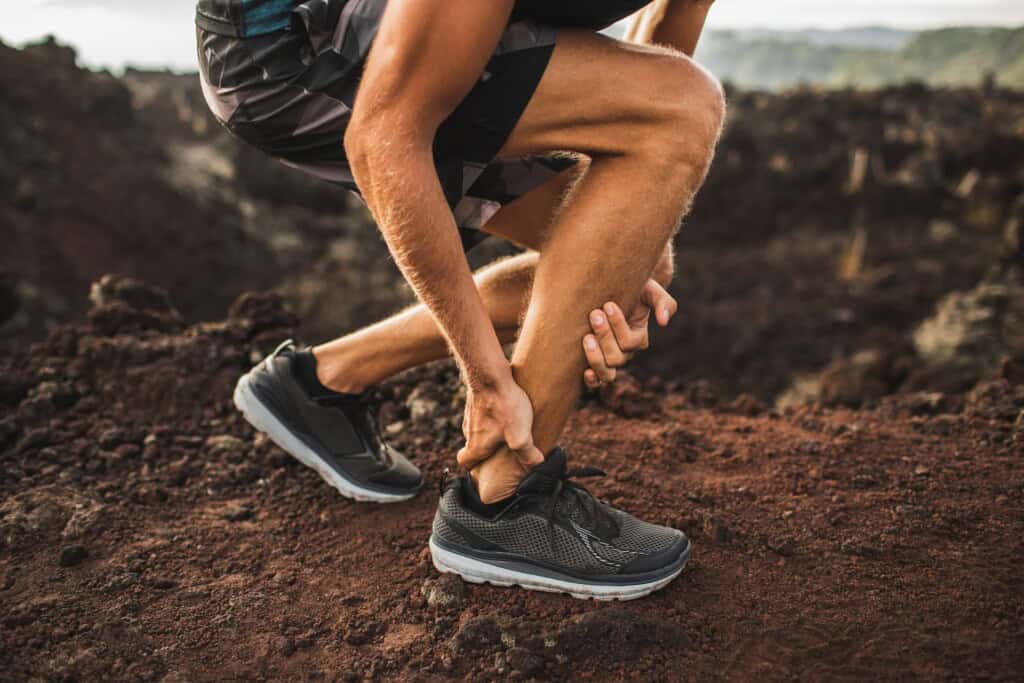
When tendonitis flares up, the typical one-size-fits-all recommendation is to follow the R.I.C.E. protocol – rest, ice, compression, and elevation. However, this approach may mask symptoms temporarily instead of resolving the underlying issue. It’s essentially putting a Band-Aid on a deeper wound that needs more comprehensive care.
Simply resting allows adhesions and dysfunctional movement patterns to persist and become ingrained. Icing may dull pain but also constricts blood flow, depriving the injured area of the vital nutrients it needs to heal properly. Compression can create additional friction and binding of the tissues. And elevation, while potentially alleviating some swelling, does nothing to address the root cause.
Other remedies may include anti-inflammatory meds, physical therapy exercises, or even steroid injections for persistent cases (though these can potentially backfire by weakening tendons long-term). In severe, chronic tendonitis, surgery may ultimately be recommended to repair tears – but who wants to go under the knife if they can avoid it?
Here’s where bodywork shines as a good option for treating tendonitis and aiding recovery. Methods like massage, myofascial release, and instrument-assisted techniques work their magic by increasing blood circulation to whisk in a fresh supply of healing nutrients while removing inflammation byproducts.
The pressing, rubbing, and stretching motions help break up the tightness, adhesions, and scar tissue that may have formed around the injured area. Getting those tissues moving freely again reduces overcompensated strain and creates the right conditions for healing.
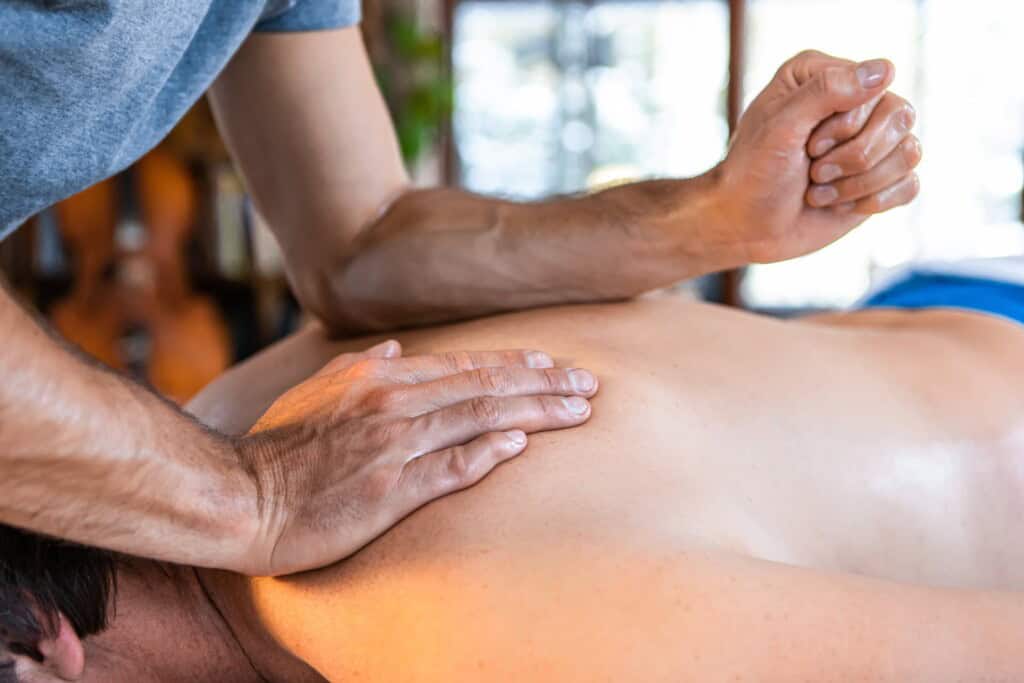
Bob Tricomi, LMT and owner of Bodywork Masters, has witnessed firsthand the transformative effects of bodywork on tendonitis sufferers. As one client testified,
“I’ve been coming to Bodywork Masters for several years to help reduce pain from my feet, hips, elbows, and shoulders. Recently, my shoulder and elbow were causing me pain during my usual exercises, Bob told me I was suffering with bicep tendonitis. After just one treatment, I was able to exercise pain-free.
I don’t know what I’d do without my regular bodywork treatments! They keep me pain-free and allow me to live an active life!”
Leslie F.
“When a tendon is agitated by tension from a muscle, we can manually locate and release those bound-up fibers using a multitude of techniques,” he explains. “Using focused pressure and stretching, we eliminate adhesions and restore proper blood flow, creating the optimal environment for recovery.”
During the first session for tendonitis, tension in the muscle can be released, initiating the healing process. The length of treatment depends on whether the tendonitis is acute (came on recently), or chronic (generally 3 or more weeks).
Treatment for new cases of tendonitis will require fewer sessions since the adhesions are easier to break up when the condition is newer. Breaking up these adhesions allows the healing process to start. However, if the adhesions have been there for a long time, it takes more time and effort to release them and allow healing.
It’s important to figure out which repetitive activity is causing tendonitis. Once identified, you can explore different strategies to ease the pressure on your joints.
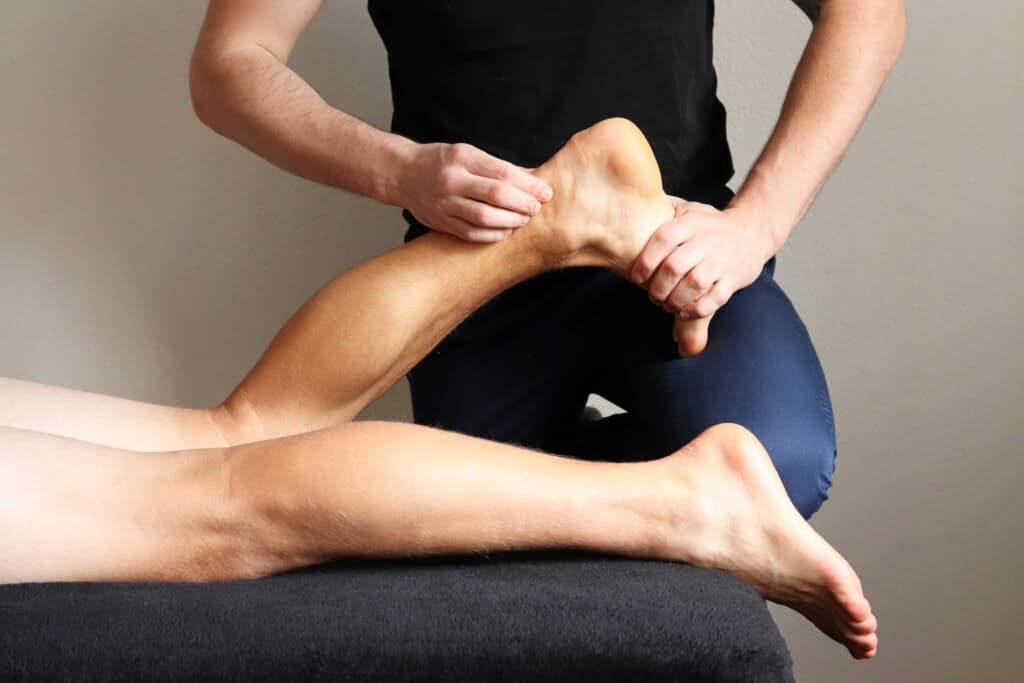
Recently Bob treated a client with tendonitis in his elbow. The client was playing a lot of baseball and he was throwing the ball repetitively for several months. The client reported tightness and pain in his elbow after throwing and needed to rest his elbow to decrease the pain.
During the initial evaluation, Bob found two tight tendons on the outer part of his elbow, known as Golfer’s Elbow. The treatment consisted of myofascial release of the tendons to lengthen and release the tension. The long, deep strokes of the myofascial release eased the adhesions that formed around the elbow and decreased the pain. The area of the bicep and shoulder was also addressed since the client had a lot of tightness in that area as well. The client was treated one time a week for a few weeks and then was back to playing pain-free baseball.
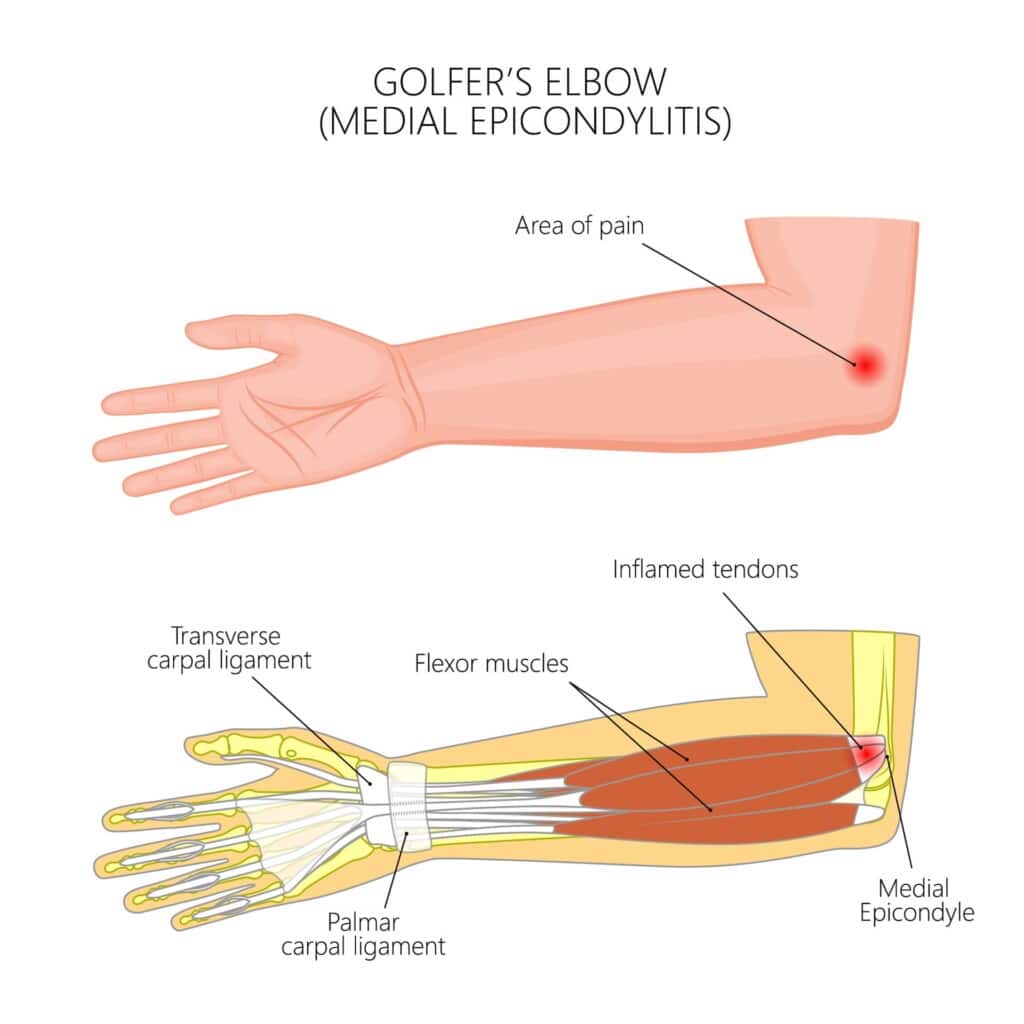
For competitive athletes, bodywork should be part of the overall conditioning regimen. Smooth moving muscles and tendons create better mechanics. Athletes with bound muscles and tissues tend to compensate by using adjacent muscles that do not function with proper mechanics. This imbalance can lead to injury. With regular bodywork, muscles can remain free of adhesions and tendons loose to prevent possible injury.
When you book a therapeutic massage for tendonitis, your bodywork professional will deploy an array of specialized techniques to get you back in peak form:
Swedish Massage: Long, flowing strokes improve overall circulation while lighter friction maneuvers target localized tendon areas.
Trigger Point Therapy: Laser-focused pressure releases those excruciatingly stubborn muscle knots fueling compensatory strain patterns.
Myofascial Release: Sustained pressures into the muscle and fascial tissues banish mobility-restricting adhesions.
Sports Massage: Cross-fiber friction, compression, and stretching unwind constricted musculature around overworked tendons.
Instrument-Assisted Soft Tissue Mobilization: Specialized tools concentrate forces to break down scar tissue and densified areas.
But bodywork’s benefits extend far beyond the treatment room. Your massage therapist will also provide home care strategies like icing, self-massage with tools, and tailored stretches to ensure the pain-relieving effects endure long after your session ends. This multifaceted approach means you can kiss tendonitis goodbye while avoiding the hazards of long-term medication use or invasive surgery.
Just ask clients like David, who came to Tricomi utterly debilitated by chronic knee and leg pain and on the verge of surgery. “Within a couple of weeks, the pain was gone,” he marveled. “Amazing result!”
We have many success stories like David’s. This includes professional athletes recovering from injuries that could have ended their careers, as well as office workers getting relief from pain caused by an overworked mouse hand.
Proper diet, regular exercise and healthy tissue keep us in our best form. The better condition your connective tissue is in, the healthier and stronger you are and the more resistant you are to injury. Make bodywork part of your overall wellness routine to live pain free.
While tendonitis can’t always be avoided, you can significantly reduce your risk by:
Don’t neglect preventative self-care – an ounce of proactive tendon TLC is worth a pound of cure!

So, why let tendonitis cramp your style any longer? Reclaim your active lifestyle by committing to a customized bodywork regimen tailored to your unique needs. With consistent therapeutic massage integrated into your self-care routine, you’ll be back to crushing your fitness goals, adventuring without limitations, and embracing every facet of life – 100% pain-free. Trust us, your tendons will be thanking you!